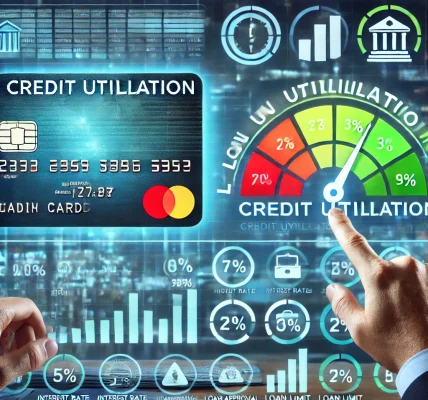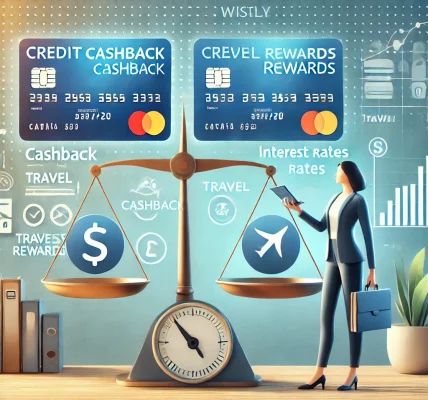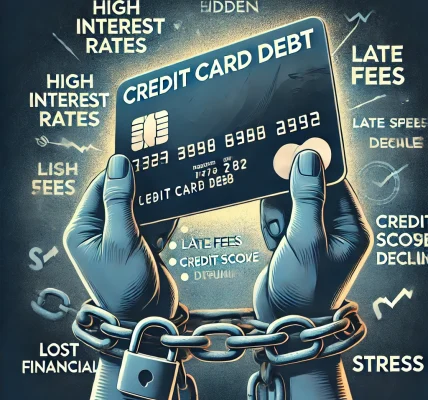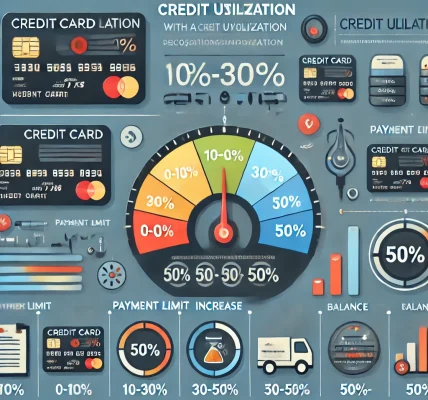Having bad credit can make securing a loan difficult, but it’s not impossible. Whether you need funds for an emergency, a personal expense, or debt consolidation, there are practical steps and alternative options available to help you obtain a loan even with a low credit score. This guide will walk you through the best strategies, types of loans available, and important considerations to avoid financial pitfalls.
Understanding Bad Credit and Its Impact on Loans
What Is Considered Bad Credit?
Credit scores typically range from 300 to 850, with the following breakdown:
- Excellent (750-850)
- Good (700-749)
- Fair (650-699)
- Poor (600-649)
- Very Poor (300-599)
If your credit score falls below 650, lenders may view you as a high-risk borrower, leading to loan rejections or high-interest rates.
How Bad Credit Affects Your Loan Options
- Higher Interest Rates: Lenders charge more interest to compensate for the risk.
- Lower Loan Amounts: You may only qualify for smaller loan amounts.
- Strict Repayment Terms: Some lenders may require shorter repayment periods.
- Possible Need for Collateral: Secured loans may be easier to get than unsecured ones.
Steps to Improve Your Chances of Getting a Loan
1. Check Your Credit Report and Fix Errors
Before applying for a loan, obtain a copy of your credit report from agencies like Experian, Equifax, or TransUnion. Look for errors such as:
- Incorrect late payments
- Fraudulent accounts
- Misreported balances
🔹 Action Step: Dispute any errors with the credit bureau to boost your score quickly.
2. Consider a Secured Loan
Secured loans require collateral (such as a car, savings account, or home), making approval easier despite bad credit. Common secured loans include:
- Home equity loans
- Car title loans
- Secured personal loans
🔹 Caution: If you fail to repay, the lender can seize your collateral.
3. Apply with a Co-Signer
A co-signer with a strong credit history can improve your chances of approval and help you secure lower interest rates.
🔹 Caution: If you default, the co-signer is responsible for the debt.
4. Explore Lenders Specializing in Bad Credit Loans
Some lenders cater specifically to individuals with low credit scores, including:
- Online personal loan lenders
- Credit unions
- Peer-to-peer lending platforms
🔹 Tip: Compare interest rates and loan terms from multiple sources before committing.
5. Show Proof of Income and Financial Stability
Lenders may approve loans based on your ability to repay, even if your credit score is low. Provide:
- Pay stubs
- Bank statements
- Proof of employment or stable income
🔹 Tip: A steady income can improve your chances of getting approved for a loan.
Alternative Loan Options for Bad Credit Borrowers
1. Credit Union Loans
Credit unions often offer more lenient loan terms and lower interest rates for members, even those with bad credit.
2. Payday Alternative Loans (PALs)
Offered by some credit unions, PALs have lower fees and better terms than traditional payday loans.
3. Borrowing from Friends and Family
If possible, consider borrowing from someone you trust. Draft a clear repayment plan to avoid misunderstandings.
4. Employer-Based Loans
Some companies offer low-interest loans to employees as part of their benefits program.
5. Government and Nonprofit Assistance
Nonprofits and government programs sometimes provide low-interest loans for specific needs like housing, education, or small businesses.
Loans to Avoid When You Have Bad Credit
1. Payday Loans
- Extremely high interest rates (300-600% APR)
- Short repayment terms (usually 2 weeks)
- Easy to fall into a debt cycle
2. Title Loans
- Requires putting your car up as collateral
- High interest rates and risk of losing your vehicle
3. No-Credit-Check Loans
- Often predatory, with hidden fees and unfavorable repayment terms
4. Advance Fee Loans
- Scams where lenders ask for upfront fees before providing a loan
🔹 Tip: Always research lenders to ensure they are legitimate before applying.
Final Tips for Managing Loans Responsibly
- Make Payments on Time: Late payments can further damage your credit.
- Avoid Borrowing More Than You Can Repay: Stick to a manageable loan amount.
- Look for Ways to Improve Your Credit: Paying bills on time, reducing debt, and maintaining a mix of credit accounts can boost your score over time.
Conclusion: Getting a Loan with Bad Credit is Possible
While bad credit makes borrowing more challenging, there are still viable options available. By exploring alternative lenders, considering secured loans, and demonstrating financial stability, you can improve your chances of securing a loan with reasonable terms.
Key Takeaways:
✅ Review your credit report and correct errors. ✅ Explore secured loans or apply with a co-signer. ✅ Compare lenders that specialize in bad credit loans. ✅ Avoid predatory loans like payday or no-credit-check loans. ✅ Work on rebuilding your credit for better future opportunities.
If you approach the process strategically and responsibly, you can obtain the funds you need without falling into a financial trap.
Disclaimer:
This article is for informational purposes only and should not be considered financial or legal advice. Always consult a financial expert before making loan-related decisions.




